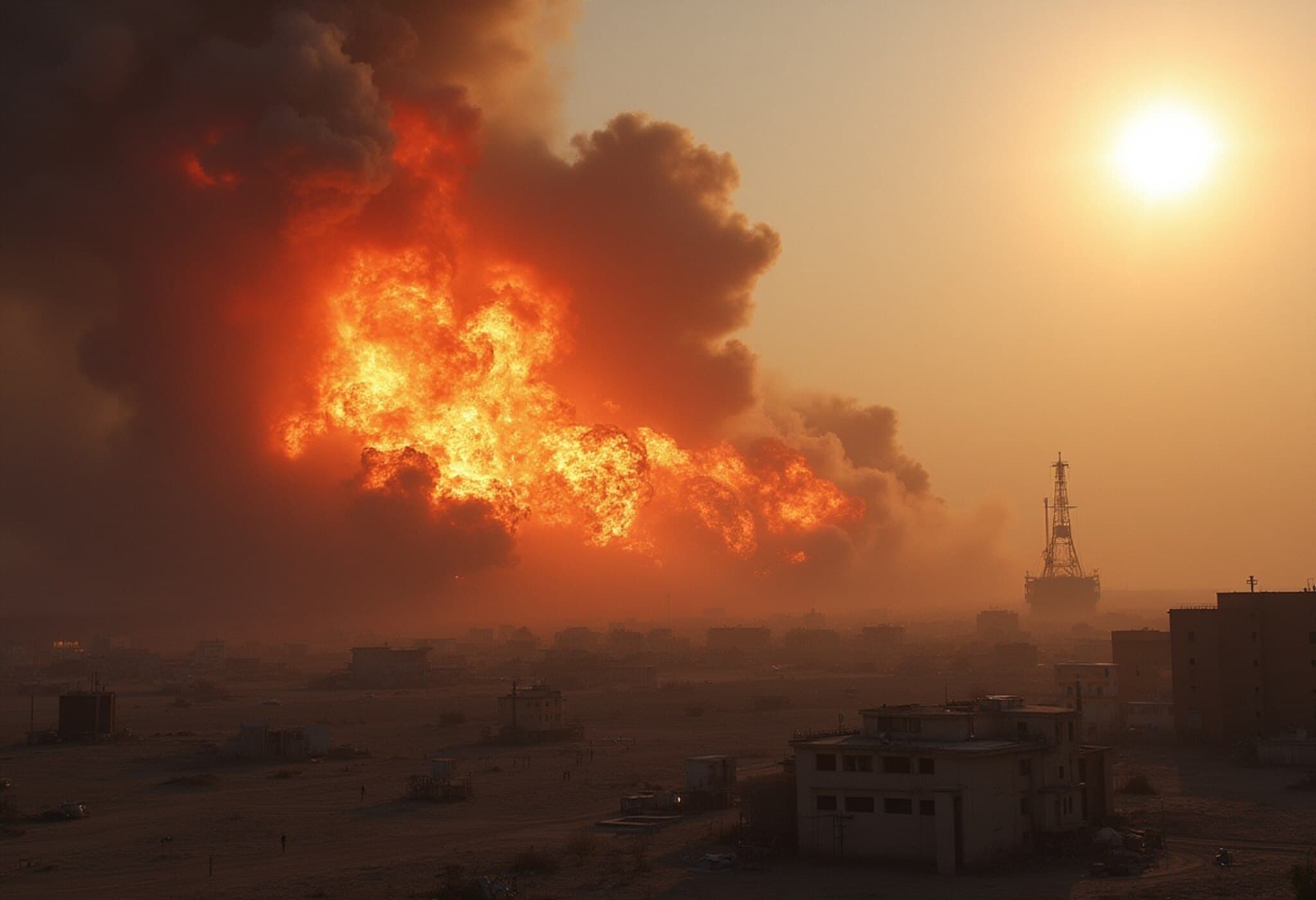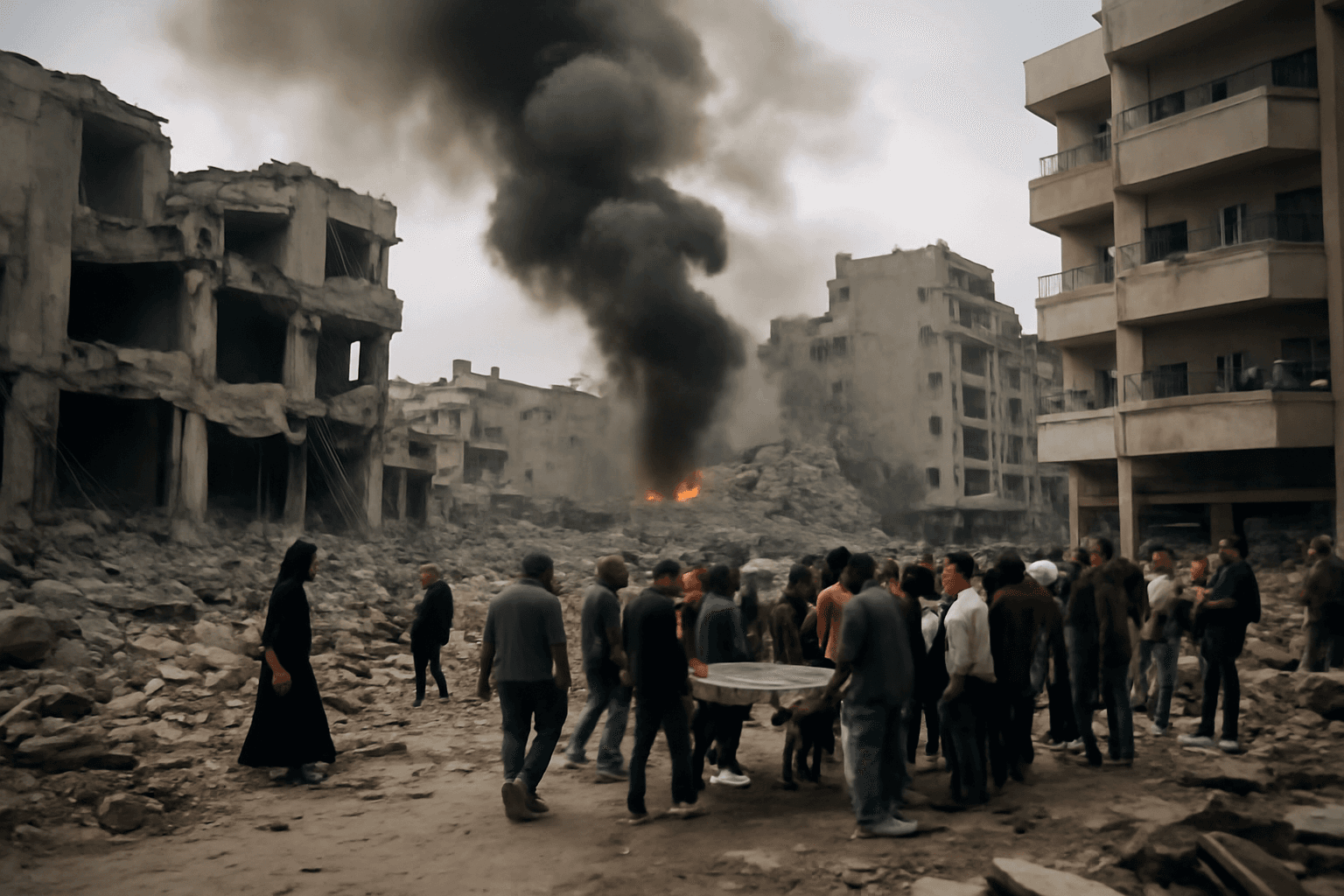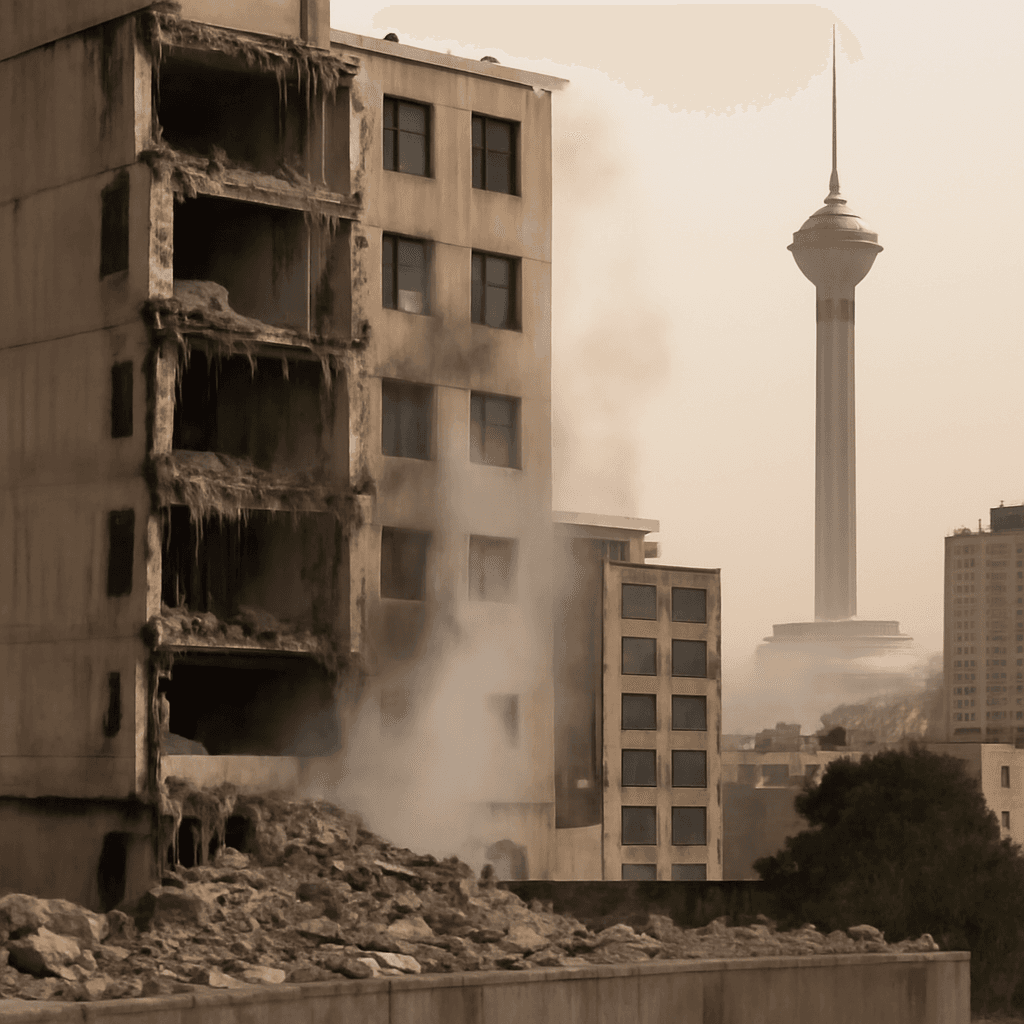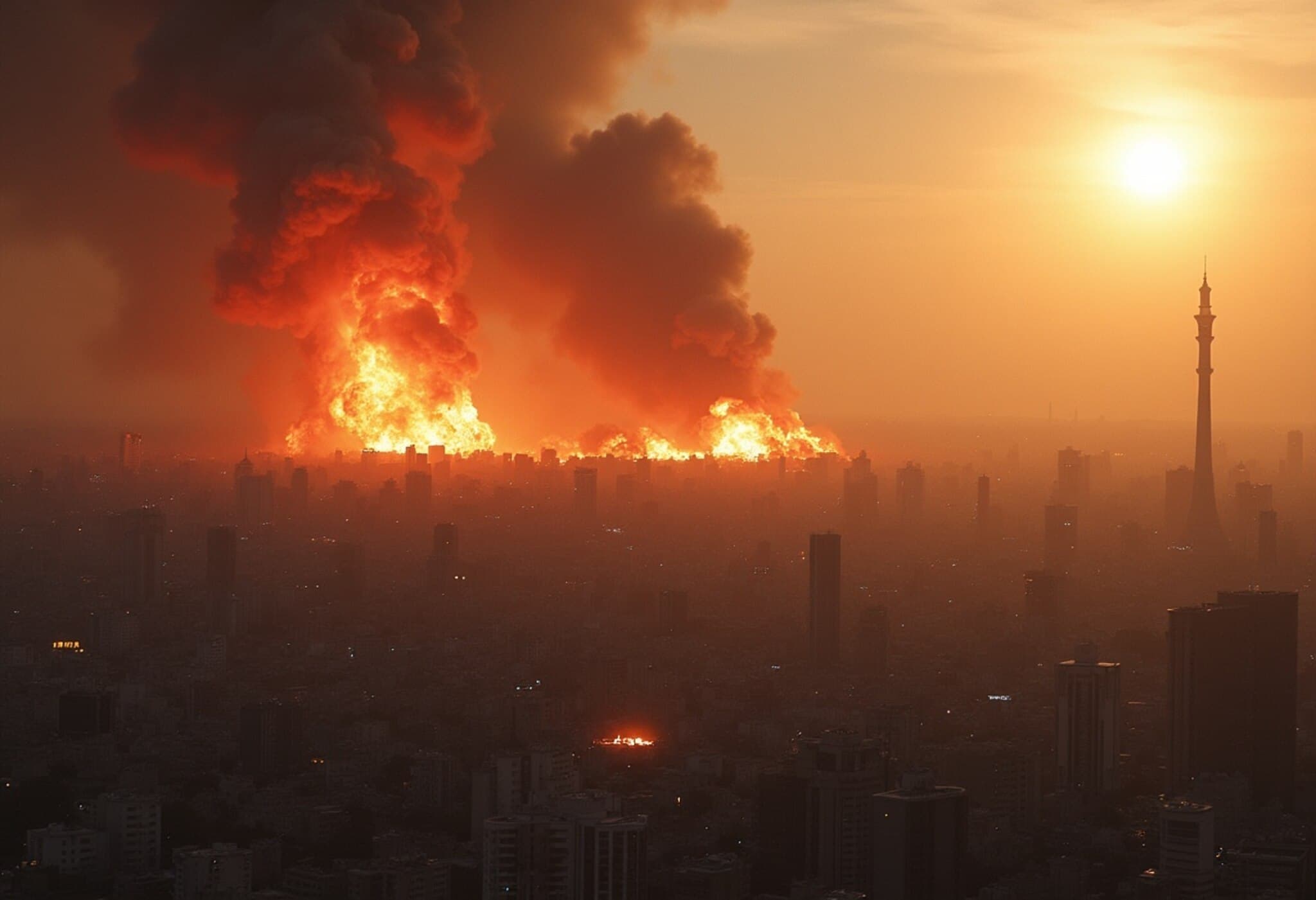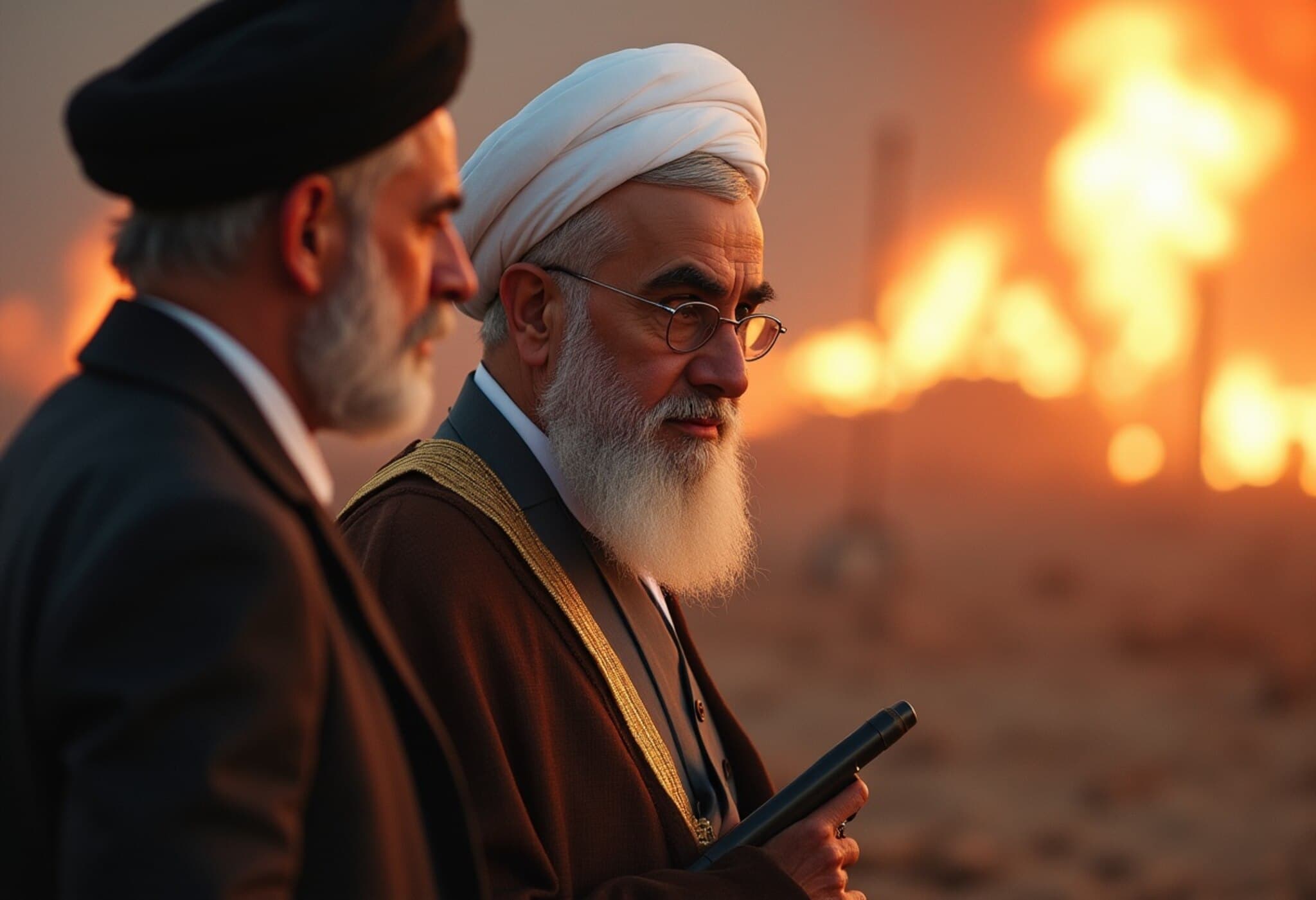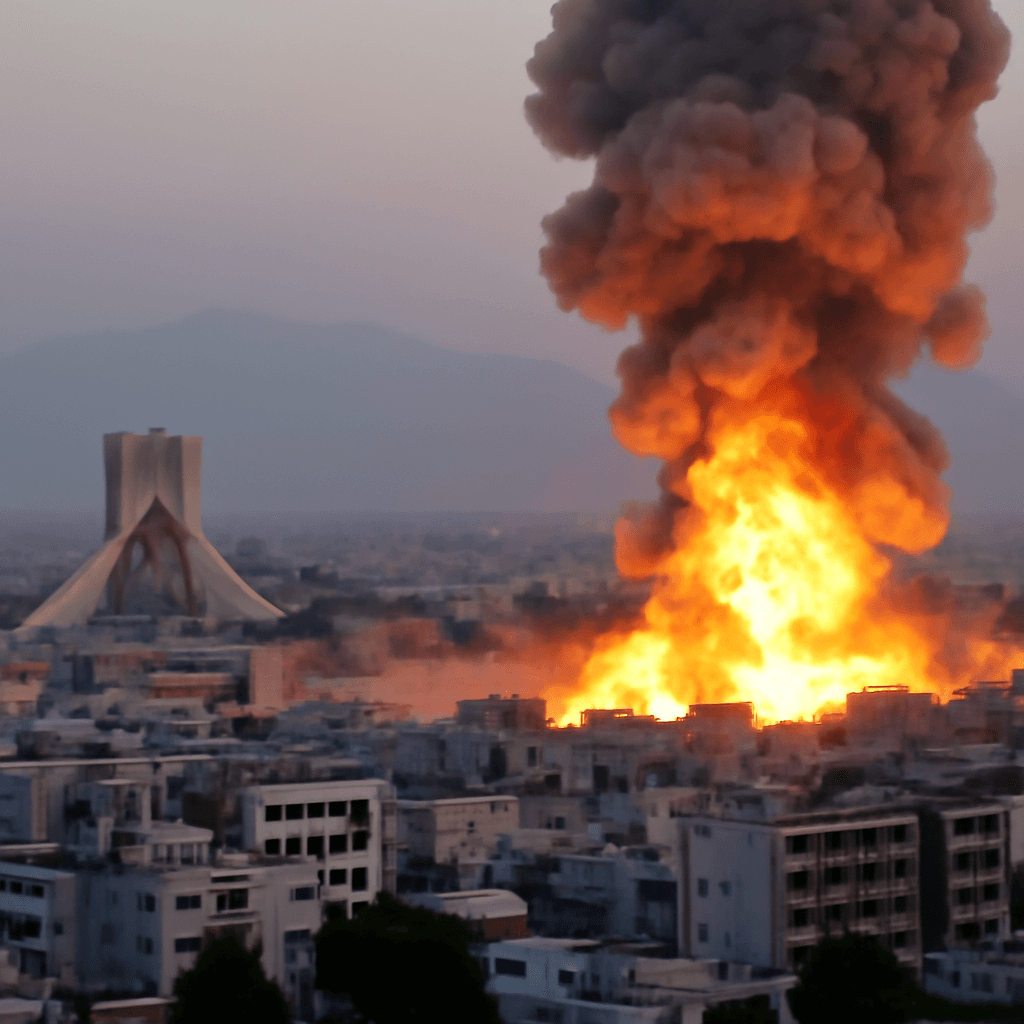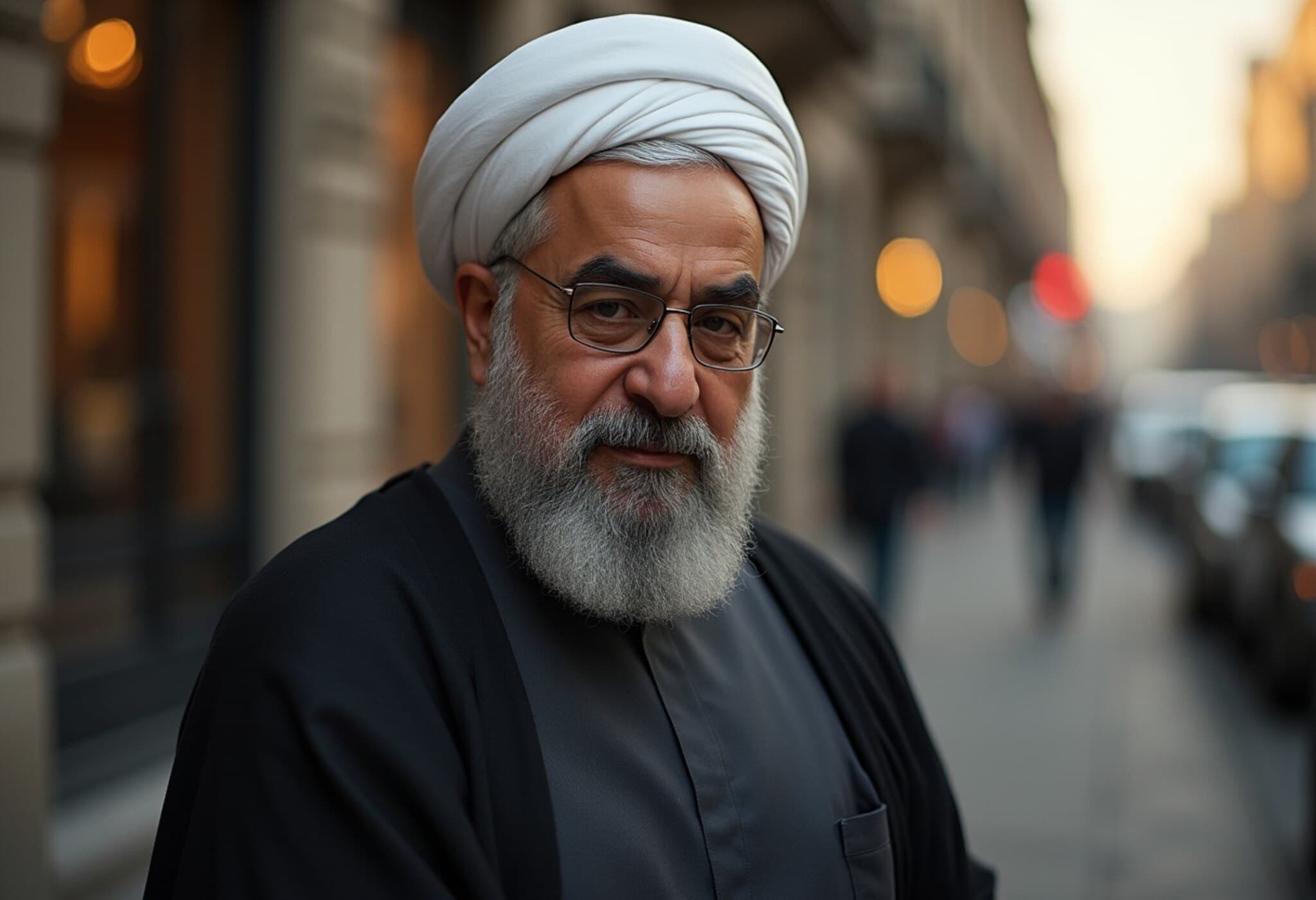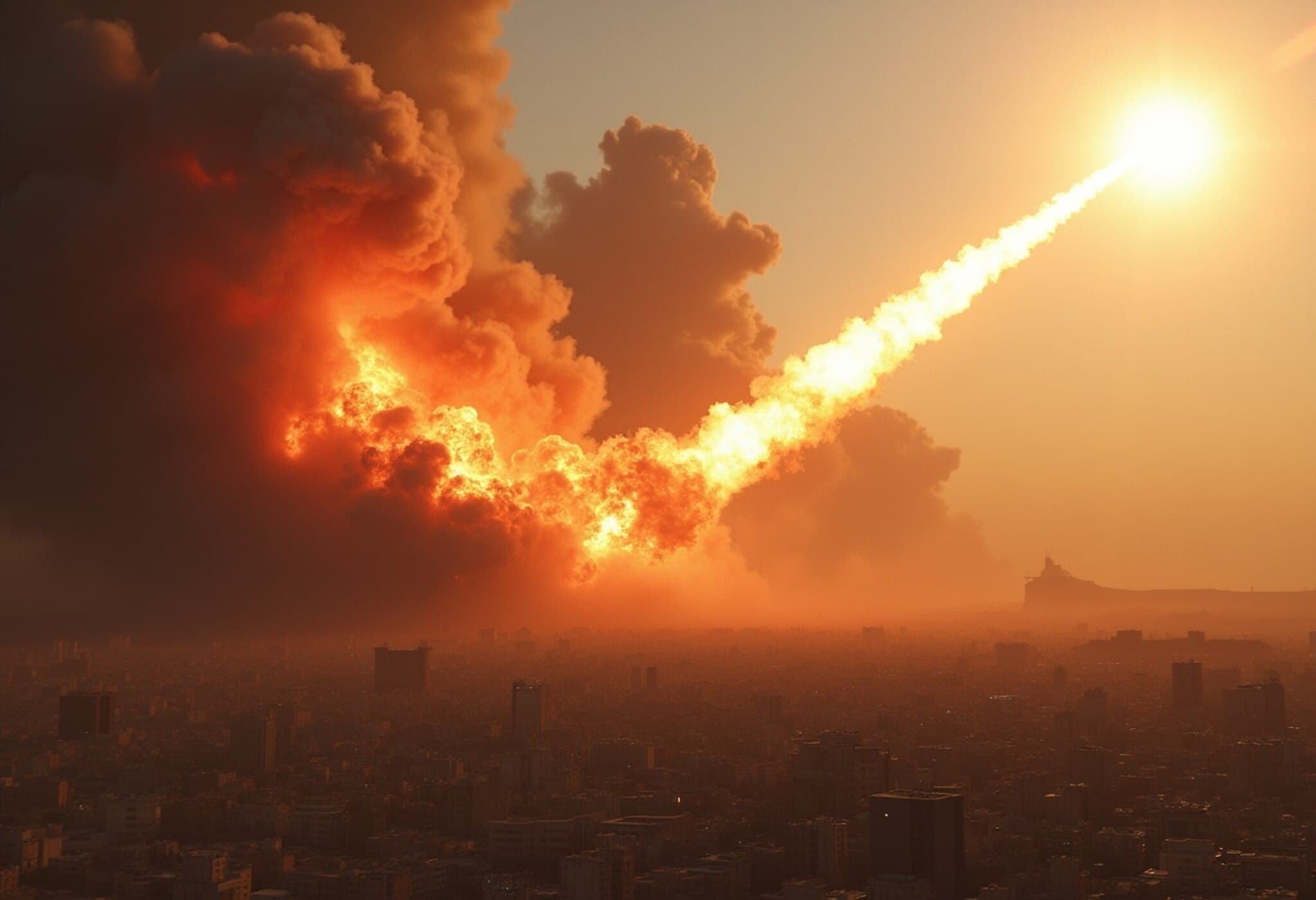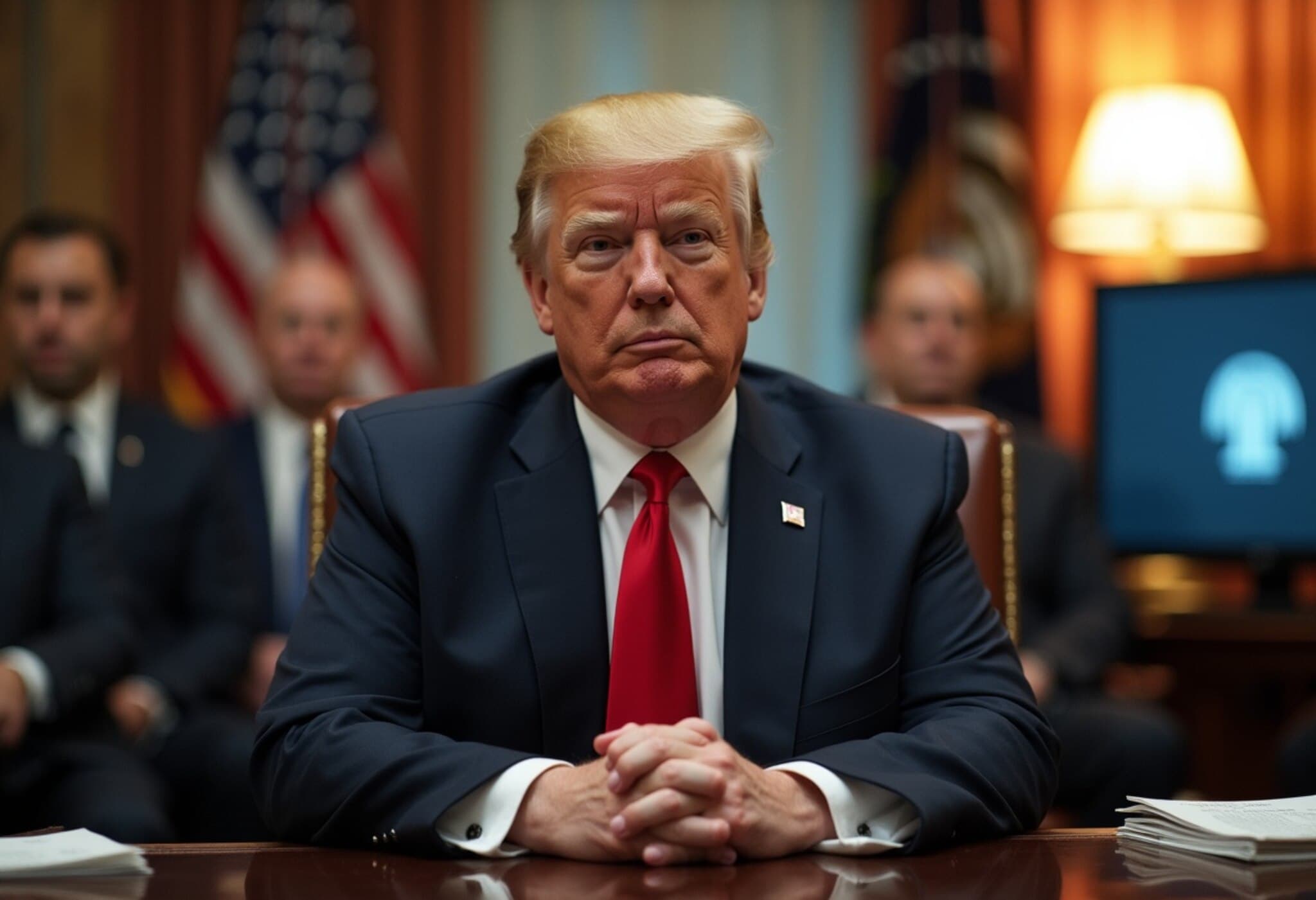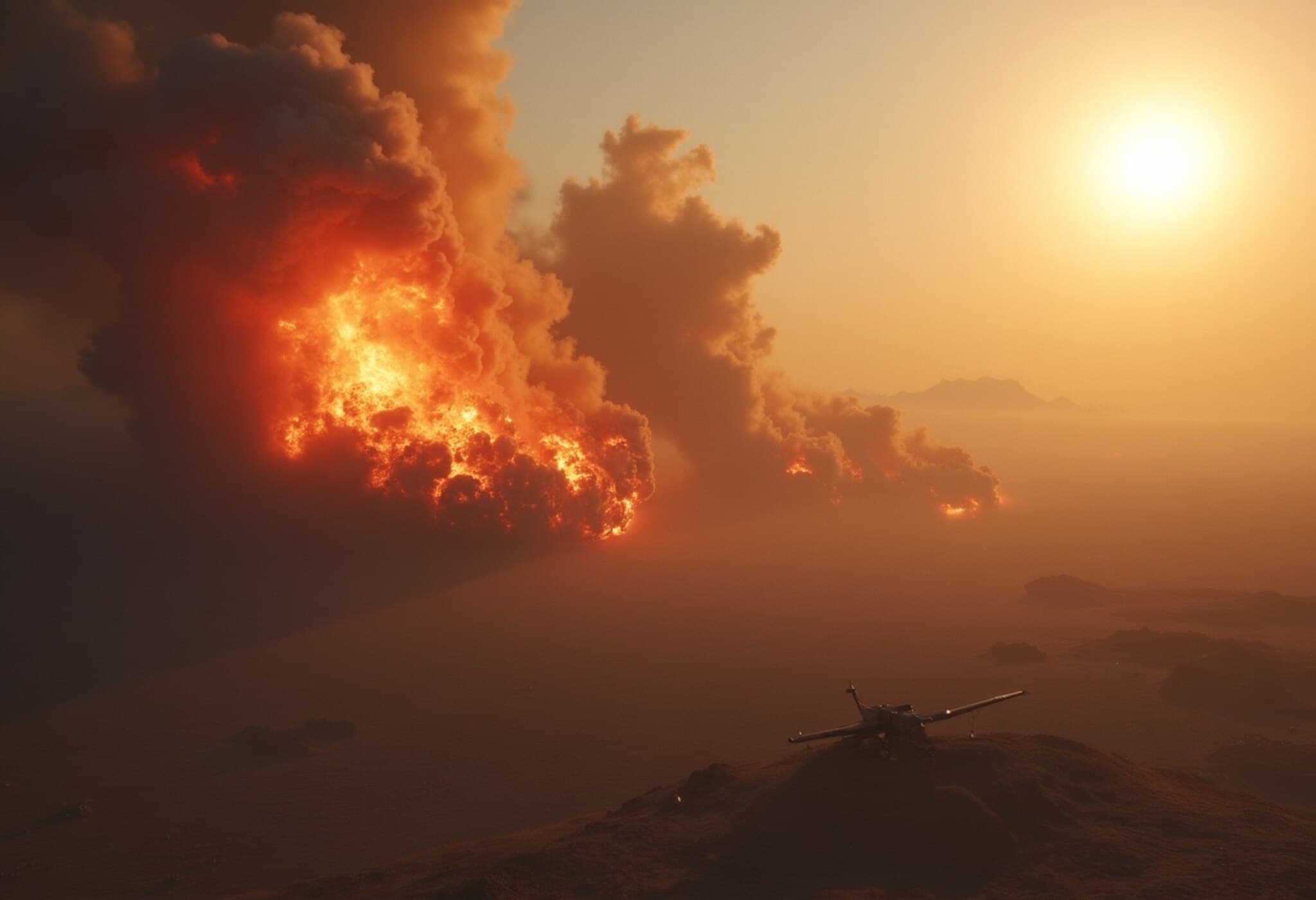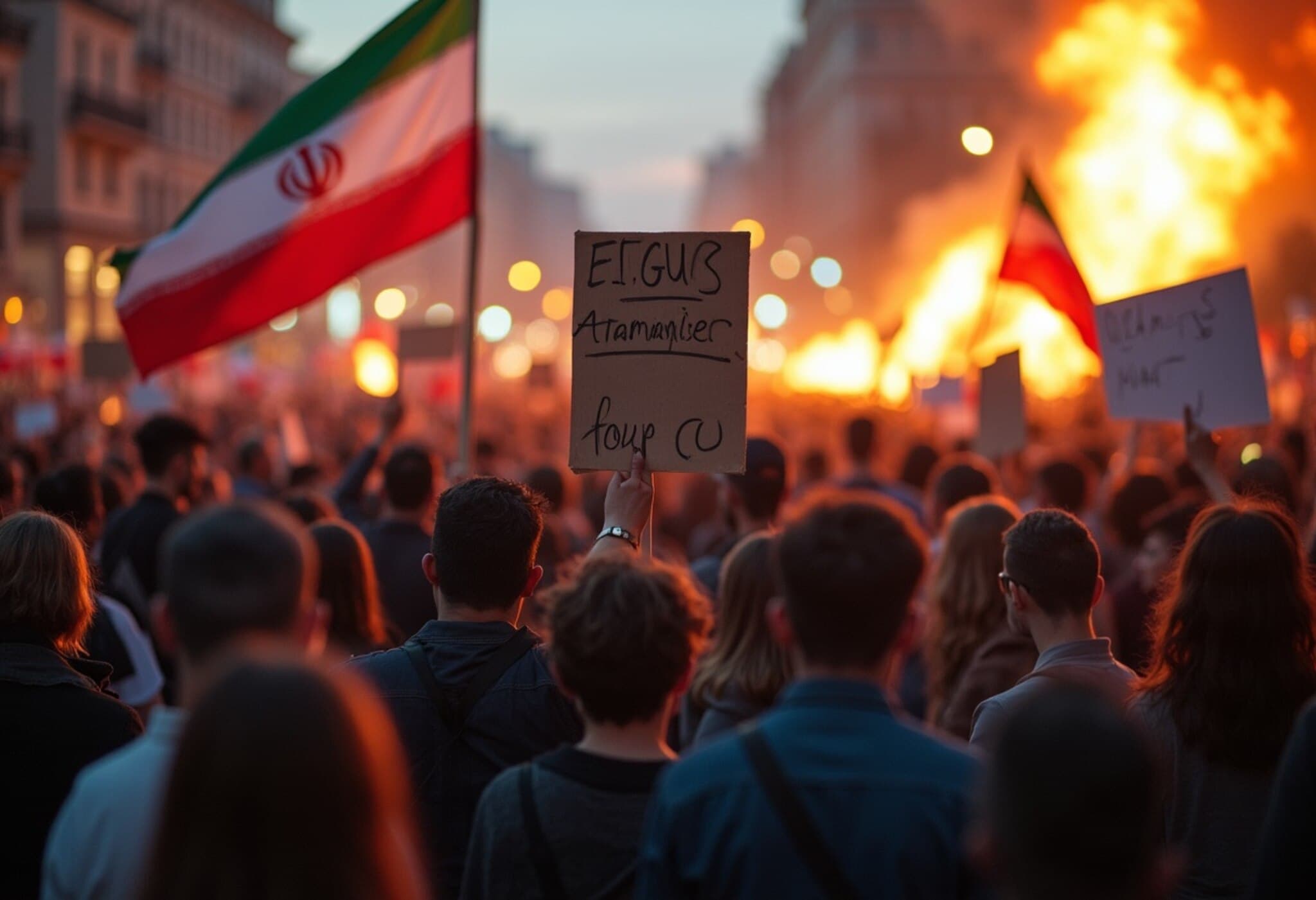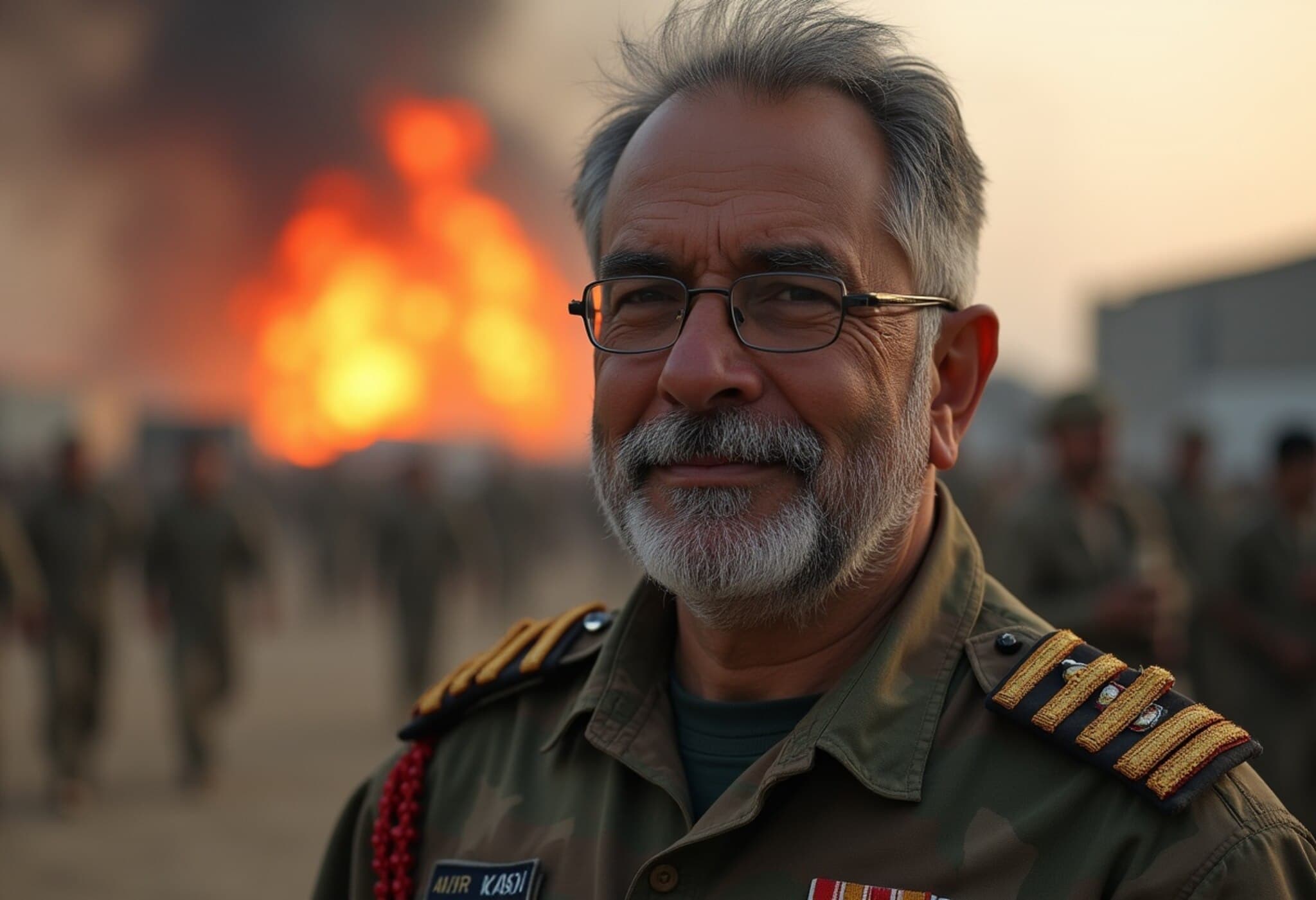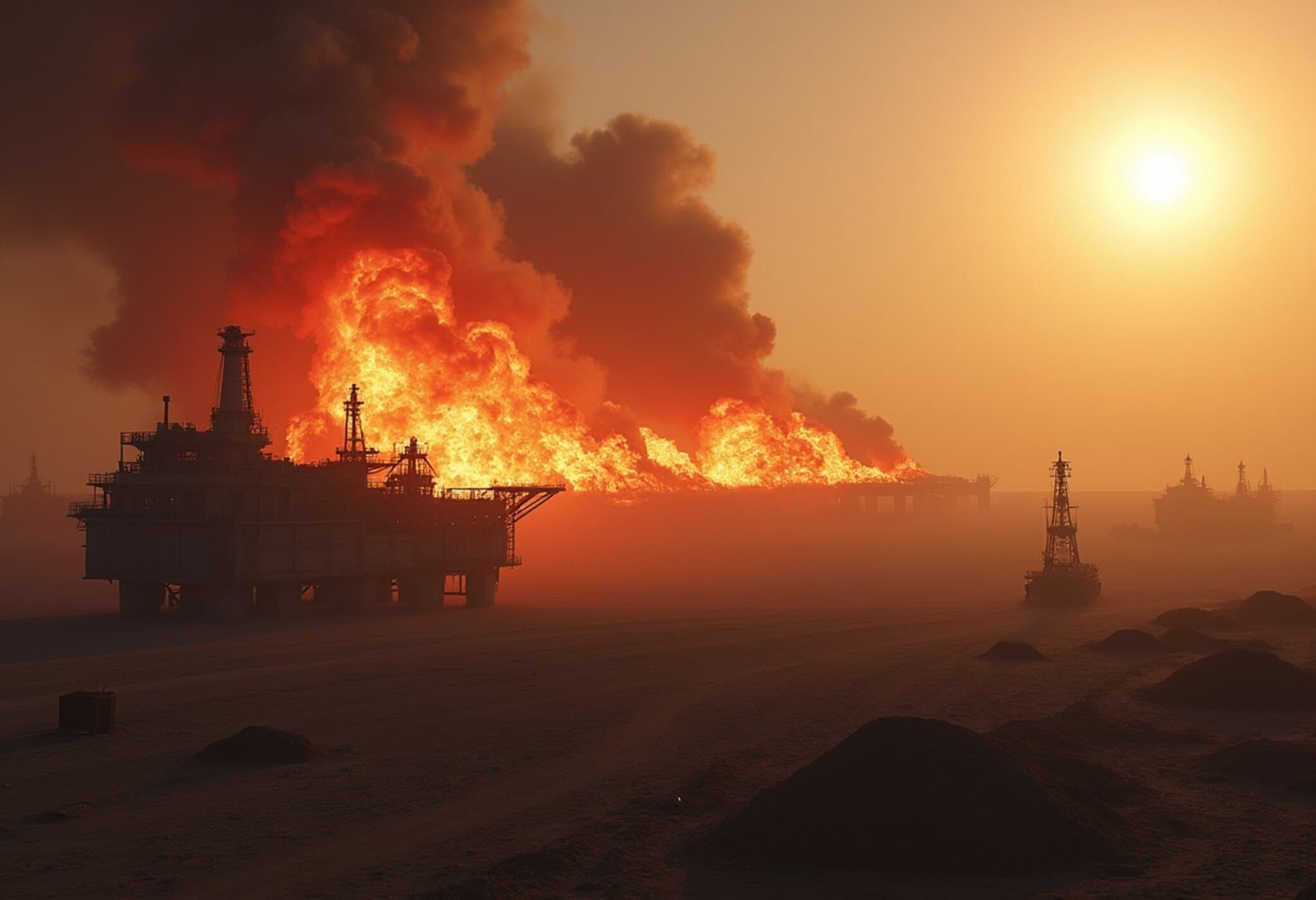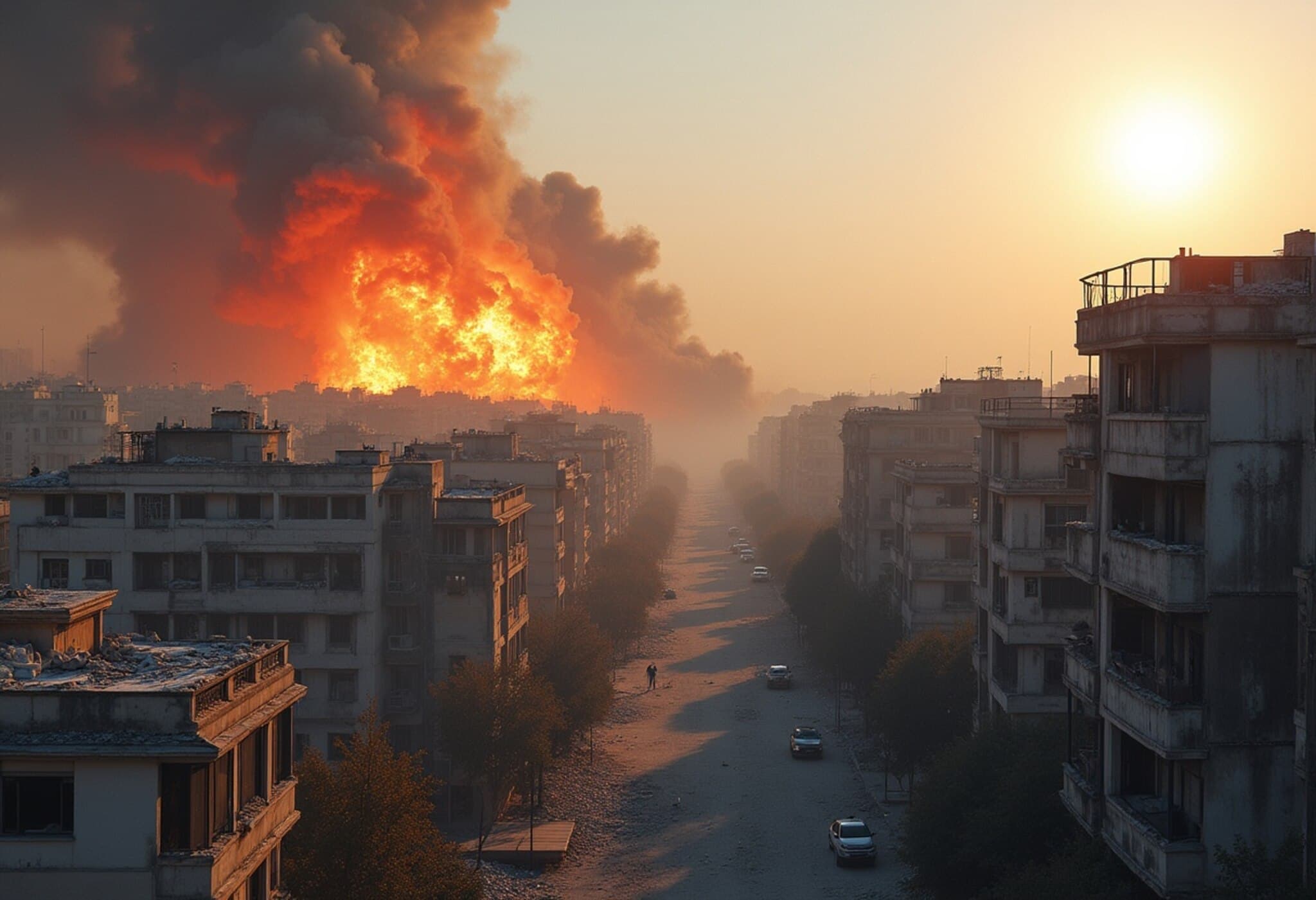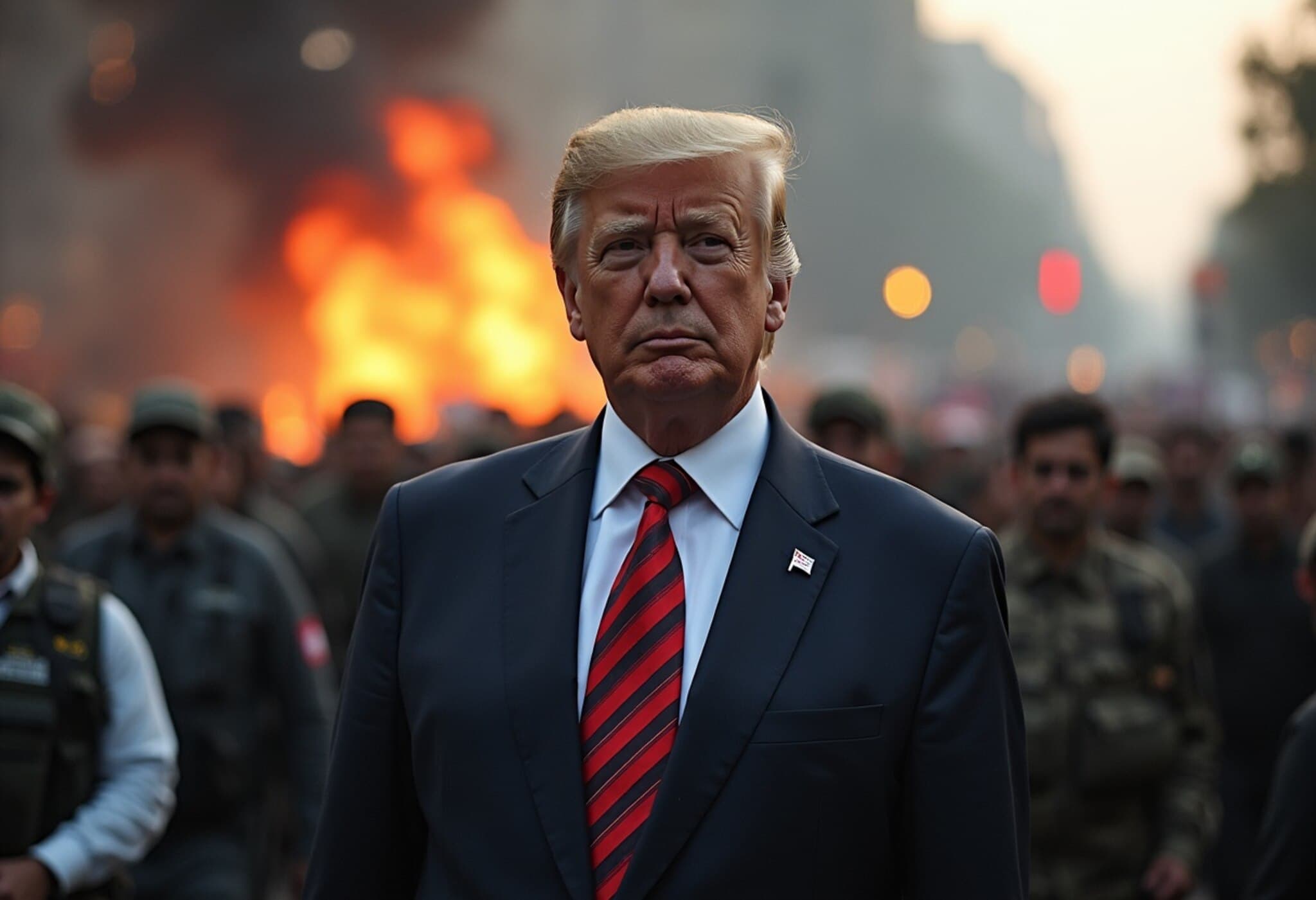US-Led Airstrikes on Iran’s Nuclear Facilities Escalate Middle East Tensions
In a dramatic escalation of tensions, US forces conducted nighttime airstrikes targeting three key Iranian nuclear sites, resulting in widespread destruction and a surge of retaliatory actions. The operation, dubbed ‘Midnight Hammer’, has ignited fears of a larger regional conflict involving the United States, Iran, and Israel.
1. US Military Claims Key Iranian Nuclear Sites Obliterated
Late Saturday, the US announced strikes on the Fordow, Natanz, and Isfahan nuclear complexes, with President Donald Trump asserting these facilities were "completely and fully obliterated." Pentagon officials described the operation as a precise and highly coordinated display of American air and naval capabilities. While the overall damage is still being assessed, initial reports indicate severe destruction at all three sites.
2. Global Nuclear Watchdog Uncertain on Damage Extent
The International Atomic Energy Agency (IAEA) acknowledged signs of impact at the targeted sites but noted that determining the full extent of underground damage remains difficult. The agency is yet to provide a conclusive assessment.
3. Iran Vows Retaliation, Threatens Strategic Moves
Iran’s Supreme Leader’s representative declared the nation's right to respond, signaling retaliatory missile strikes on US naval forces in Bahrain and threatening to close the Strait of Hormuz—a critical artery for global oil shipments. Tehran’s Foreign Minister underscored that "a very big red line" had been crossed and emphasized Iran’s intent to defend itself.
4. Iranian Missile Strikes Target Israeli Cities
In retaliation, Iran launched missile attacks on multiple locations across Israel, including Nes Ziona, Rishon Lezion, Haifa, and parts of Tel Aviv. The strikes caused notable destruction, with Iran’s Islamic Revolutionary Guard Corps warning Washington of further severe consequences if aggression continues.
5. Mixed Reactions and Rising Global Alarm
- Israel's Prime Minister hailed the US strike as a historic turning point.
- United Nations Secretary-General expressed grave concern over the risk of wider escalation.
- Pakistan condemned the US attacks, labeling them unacceptable.
- Oman, a mediator in the ongoing regional dialogues, classified the strikes as violations of international law.
- Russia strongly condemned the bombings, accusing the US of irresponsibility and a grave breach of legal norms.
Iran plans to seek an emergency UN Security Council meeting, while its Foreign Minister is set to meet Russian leaders to discuss the crisis.
6. Iran’s Parliament Approves Potential Closure of Strait of Hormuz
In a significant development, Iran’s Parliament gave the green light to close the Strait of Hormuz, although the final decision rests with the Supreme National Security Council. This strait is a vital chokepoint through which a large percentage of the world’s oil supply transits.
7. Implications of a Strait Closure and Its Impact on India
While Iran has previously threatened to block the Strait of Hormuz, it has not acted on such warnings before. However, the current heightened tensions raise real concerns globally. For India, the stakes are high since the country imports over 85% of its crude oil, making it vulnerable to supply disruptions and rising energy prices.
8. Precautionary Airspace Closure in Israel
Following the strikes, Israel shut down its airspace as a safety precaution. However, land crossings with neighboring Egypt and Jordan continue to operate normally.
9. US Signals Stronger Future Military Actions if Iran Escalates
President Trump declared that the US military’s operation was unprecedented in success and warned Iran of even greater strikes should tensions continue to rise. He framed the choice as between peace or tragedy, emphasizing close coordination with Israeli leadership.
10. The Powerful Weapons Behind the Strikes
US B-2 bombers flew a nonstop 37-hour mission from Missouri to deploy the Massive Ordnance Penetrator (MOP), an advanced “bunker buster” bomb designed to penetrate deep underground targets. This weapon, not possessed by any country other than the US, was used to destroy fortified nuclear sites like Fordow, which are located deep beneath the earth’s surface.
The precise impact of the operation continues to be analyzed, but it clearly marks a new chapter in the unfolding geopolitical crisis.

